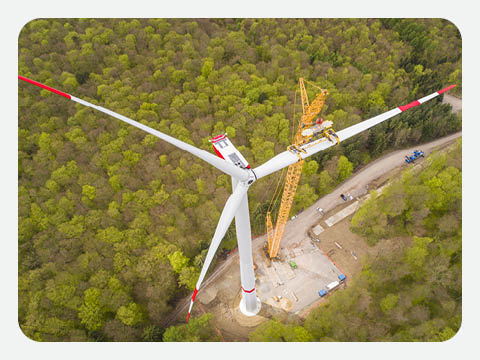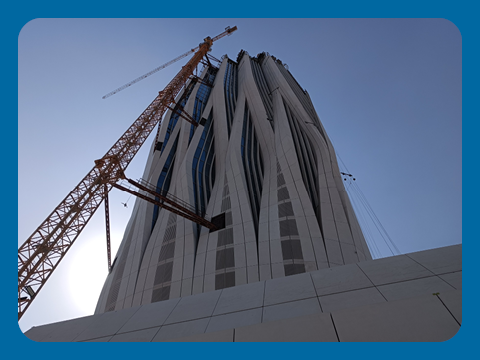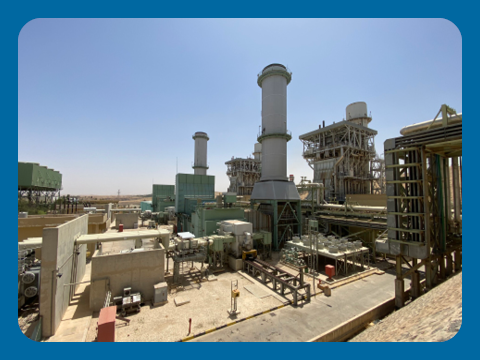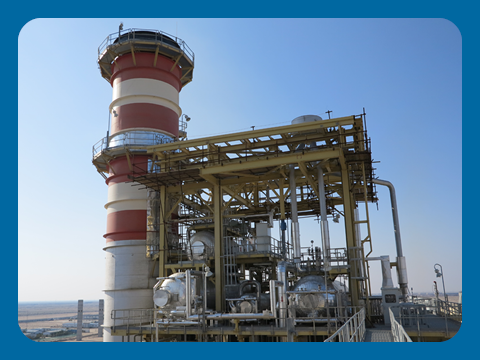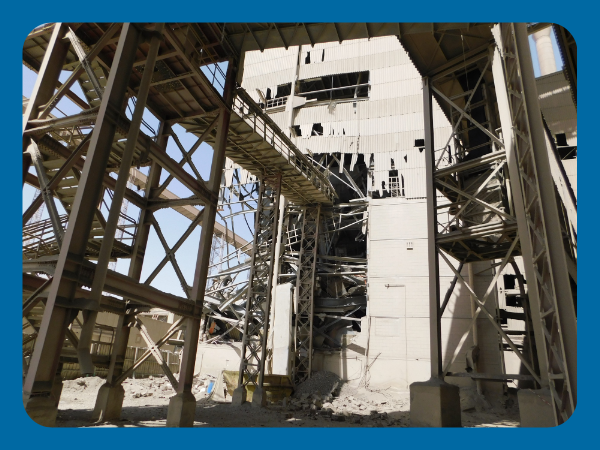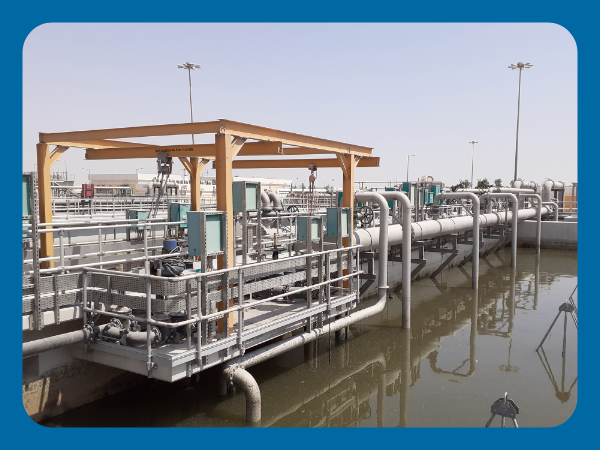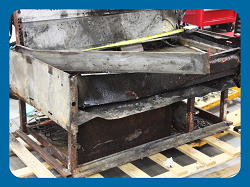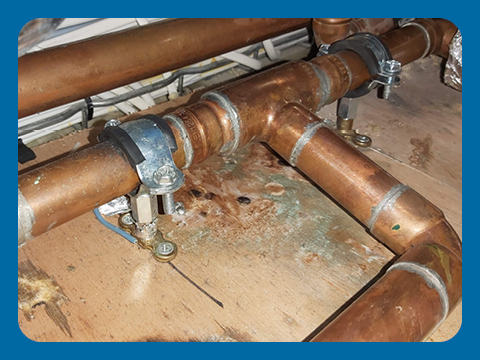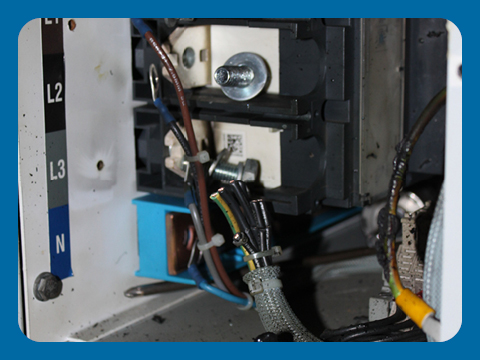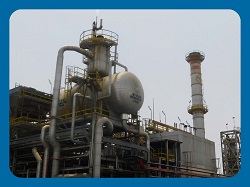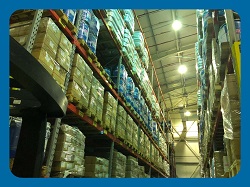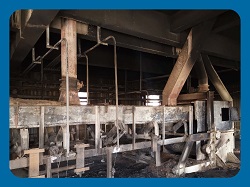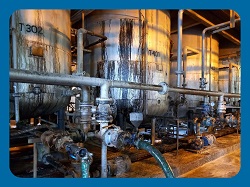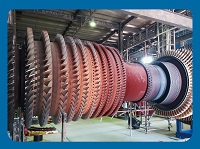Insurers share the risk of economical loss with the insured based on a decision process that generally involves the use of modelling to determine to what extent a property can be damaged in the event of peril. Estimated Maximum Loss (EML) and Probable/Possible Maximum Loss (PML) scenarios are typically used to understand the extreme consequences of losses for a given risk.
 EML/PML studies cannot be accurately developed based on theoretical knowledge of the risk and the exposure. Instead, these studies require a comprehensive understanding of real-life conditions that impact the size of the loss.
EML/PML studies cannot be accurately developed based on theoretical knowledge of the risk and the exposure. Instead, these studies require a comprehensive understanding of real-life conditions that impact the size of the loss.
CEERISK engineers apply their extensive experience in loss consulting to develop models that can be applied by (re)insurers to understand the extent of the exposure. Having dealt with catastrophic losses caused by fires, flooding, hurricanes, earthquakes, and many other factors, CEERISK engineers are able to develop EML/PML models that will accurately assess the exposure to risks across different industries including banking, hospitals, refineries, power generation, heavy industries, and construction projects.
Over the years, we have taken the guesswork out of the EML/PML calculation process and instead developed an approach that relies on solid information from insurers and their clients. The scope of our analysis includes:
- Gathering sufficient information in order to assess the methods and processes used in a given risk. This may include overall plans indicating positions of critical elements and adjacent properties.
- Collecting and validating cost data with breakdown of different elements, including buildings, equipment and other contents.
- Assessing hazards and perils that cause physical damage to property and works.
- Ranking hazards and risks in order of their severity and impact so as to measure consequences following the occurrence of a loss.
- Analysing interdependencies to study the impact of hazards on operations and the overall sustainability of the property.
- Evaluating the reinstatement options and the cost required to return a property to its pre-loss condition.

